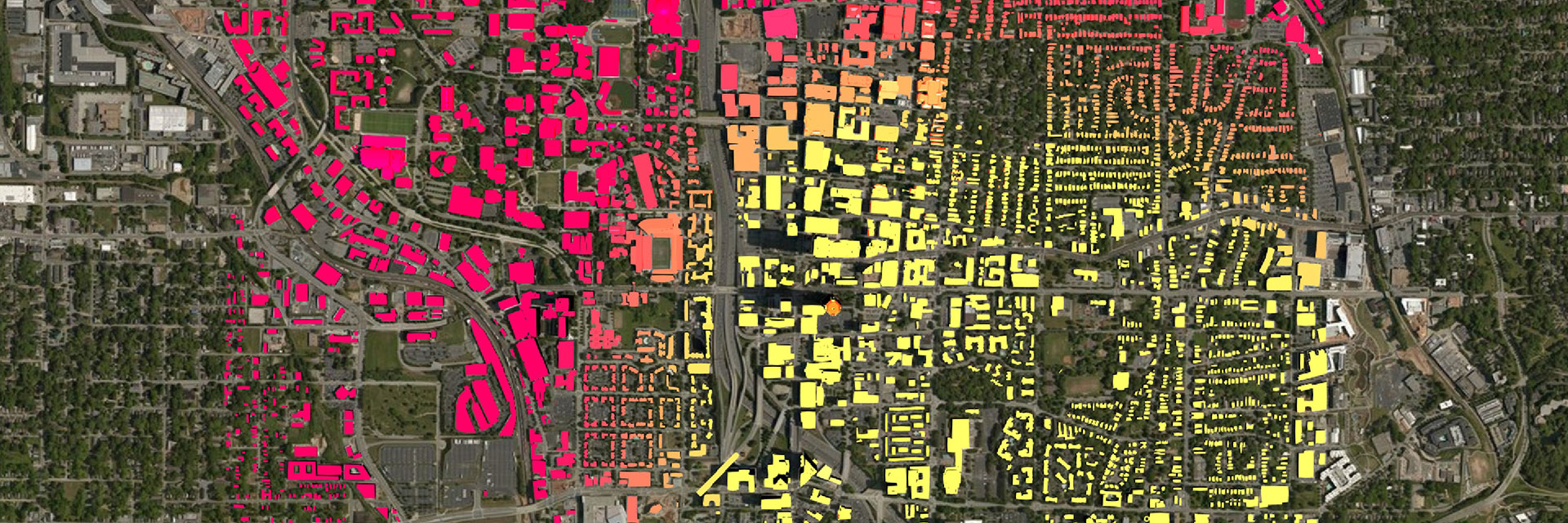
Smart Buildings, Infrastructure, and Environment
The AEC (architecture, engineering, construction) industry is at the beginning of a digitally driven revolution that will fundamentally transform all aspects of the built environment, from the design and production of buildings, roads, and cities to the ways people and organizations use these assets.
Broadly, this revolution centers on the development of smart infrastructure, where the revolution of digital technology expands out from the desktop and office and becomes embedded in the physical environment. This revolution is driven on the one hand by mobile, distributed and spatially embedded in intelligent devices; and on the other hand, by the connectivity among people, devices, and spaces afforded by web and cloud services.
Georgia Tech has numerous research and development initiatives pursuing smart buildings, cities, and construction processes, and the DBL connects to many of these. Within the spectrum of smart infrastructure initiatives, DBL leverages its foundations in building information data modeling and integrated systems to provide the infrastructure for connecting physical and digital assets to create intelligent built environments.